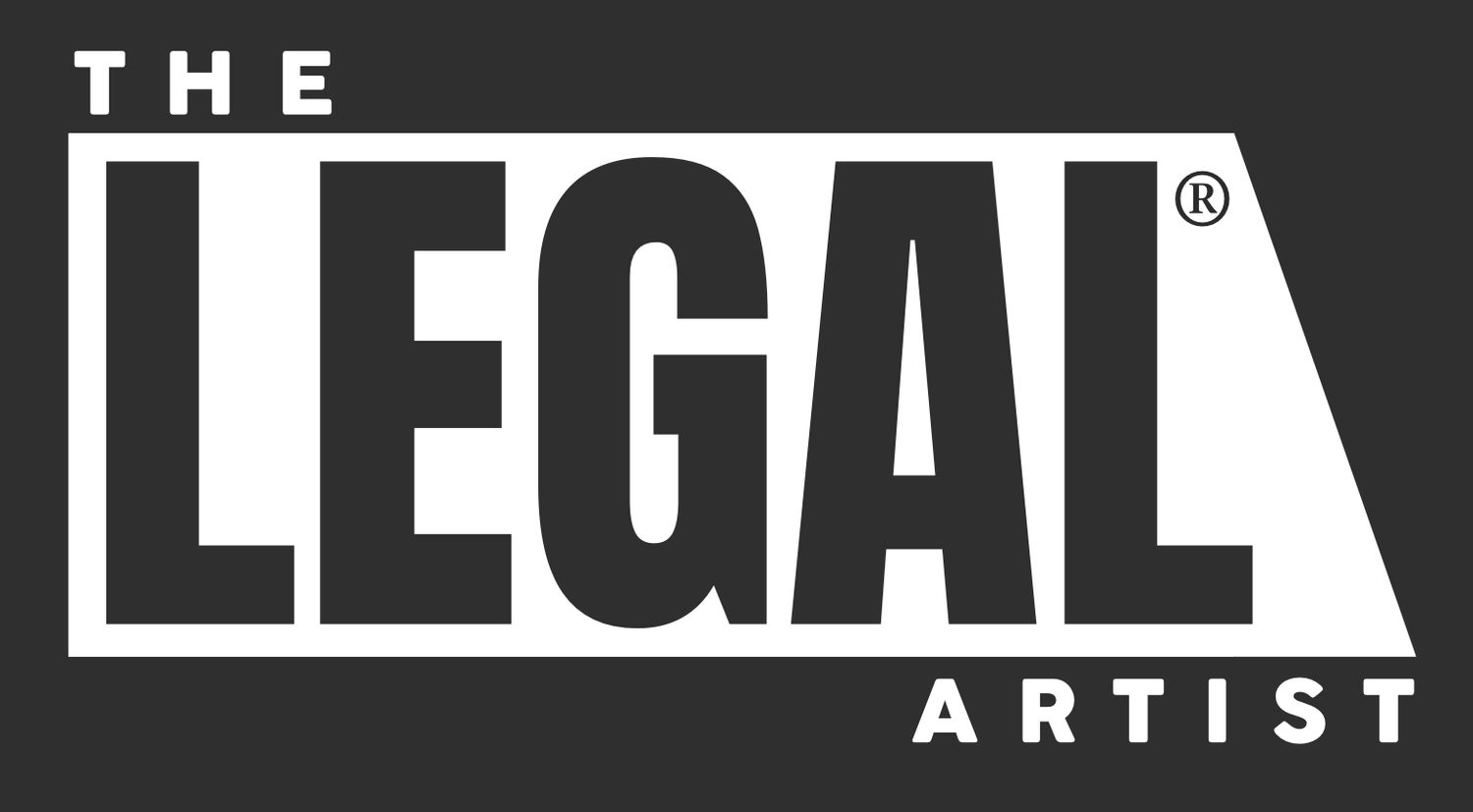Everyday on my walk home from work, I see this or something like it tagged to the side of my apartment building:

Graffiti intrigues me because of its contentious nature in "civilized" society. The artist in me is excited by the skill and craftsmanship involved in making something like this (although I can barely read it; it might as well be written in Klingon). But the law-abiding citizen in me tempers that excitement with the knowledge that graffiti, unlike most other forms of art, is predicated on using someone else's property as a canvas... often without their consent. And because graffiti is usually illegal, it raises a decorum problem that often confuses people into thinking that the normal rights of copyright ownership don't apply - i.e. "you can't copyright protect vandalism because it is illegal." But that's bunk.
I've known a fair few graffiti artists over my lifetime and I can safely say that they're not a populace that's overly concerned with asserting ownership rights over their work. Primarily because asserting ownership would be an admission of guilt resulting in some form of criminal penalty such as a fine or even jail time (there's a reason Banksy can't revealed his identity, after all). The other part of it is the political motivation that often accompanies graffiti: that property ownership is a social construct anathema to the public good. Why else vandalize someone else's building with such artistry and flair when a sledgehammer or molotov cocktail can drive home the same point in a fraction of the time? [Author's note: of course, there's always the possibility that the graffiti was commissioned by the property owner, in which case, the tagger is not burdened with criminal concerns and will want to assert and maintain copyright ownership. Here's an interesting NY Times article from 2007 about graffiti artists who were upset when their commissioned works were mistaken for vandalism and photos of the graffiti ended up being published in a book without their permission. If you're a graffiti artist who is hired by a paying party, you should really check out my last post on work-for-hire.]
But make no mistake about it, graffiti artists, even the covert ones tagging buildings without permission, do have ownership rights over their work. Graffiti is absolutely 100% protected under U.S. Copyright Law and I'll have words with anyone who says otherwise. Our copyright law lists the following types of works that are granted copyright protection:
- literary works;
- musical works, including any accompanying words;
- dramatic works, including any accompanying music;
- pantomimes and choreographic works;
- pictorial, graphic, and sculptural works;
- motion pictures and other audiovisual works;
- sound recordings; and
- architectural works
And while graffiti (along with many other forms of art) is never explicitly mentioned anywhere in our copyright laws, it's clear that the list was purposefully left open-ended to grant protections to art forms that hadn't yet been invented and hadn't been contemplated by the drafters of the law. I should also point out that nowhere in our copyright law does it say that a type of art forgoes protection simply because it could be illegal. That's what this article by Celia Lerman argues and I agree without reservation. Copyright law places no judgment on art, the motivation behind the art, or the form in which the art takes. It is, for all intents and purposes, judgment neutral.
The fact that an artist can own the copyright to a piece of illegally made art that emblazons the side of someone else's property creates an interesting dynamic when a third party takes a photograph of that graffiti (like the one I took above) and attempts to profit off of it. That's infringement of copyright and doing so without the artist's permission could actually result in the artist taking you to court and winning monetary damages (if the artist isn't concerned about the criminal ramifications, obviously). Luckily, I'm in the clear because I can assert Fair Use over my photo since it was taken for non-commercial, educational purposes. But if you're like the photographer in that NY Times article I linked to above, watch out!
So ownership over the copyright to graffiti is vested in the artist regardless of its legality. But that's not the end of the story, because that art, while owned by the artist, is completely reliant on someone else's private property. And property is kind of a big deal in this country. The right to property is mentioned explicitly in the Fifth and Fourteenth Amendments, and the Third Amendment is built entirely around it. Let's not even go into the entire legal disciplines that arose around property law and made my life in law school an unwinnable shit-show. Property is important, which means that the needs and wishes of the property owner will almost always supersede the rights of the graffiti artist. So when my landlord decides to blast off the graffiti adorning my building with a power washer, he can do that without fear of legal repercussions from the artist (although why bother? The taggers are just going to show up again).
The truth is, despite the political hand wringing over it, graffiti is just like any other type of art form and gets the same protections. What makes it difficult at times is its relationship to the surrounding environment. And unfortunately, as long as graffiti remains illegal, the oath I took to uphold the law will mean I have to walk a fine line between the rights of the artist and the rights of the canvas owner. It will be, for the foreseeable future, an issue that tugs on my Gemini heartstrings.








